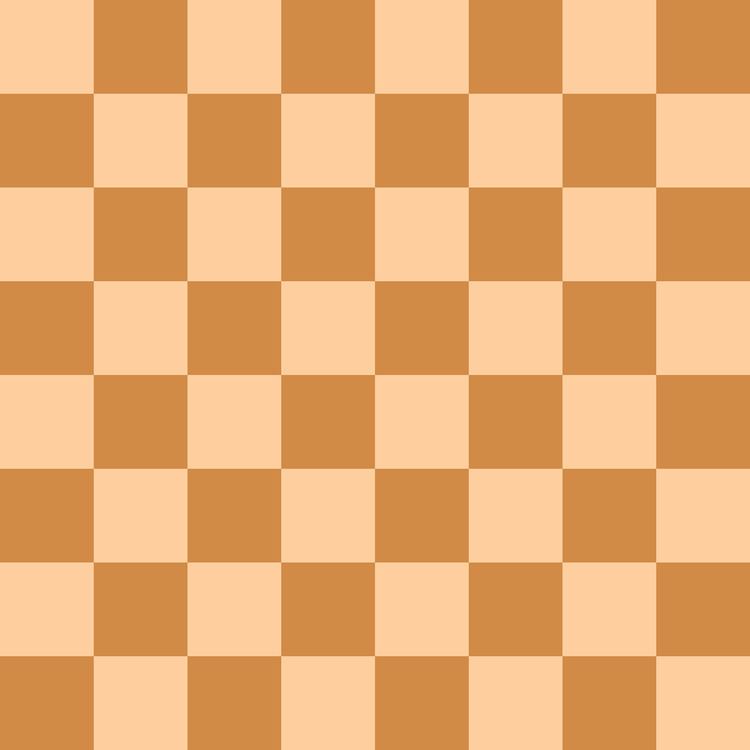a b c d e f | b c d e f g | |
 | ||
The Petrov Defence (also called Petrov's Defence, Petroff's Defence, Russian Game and Russian Defence) is a chess opening characterised by the following moves:
Contents
1. e4 e52. Nf3 Nf6Though this symmetrical response has a long history, it was first popularised by Alexander Petrov, a Russian chess player of the mid-19th century. In recognition of the early investigations by the Russian masters Petrov and Carl Jaenisch, this opening is called the Russian Game in some countries.
The Petrov has a reputation of being dull and uninspired. However, it offers attacking opportunities for both sides, and a few lines are quite sharp. Often a trade occurs and Black, after gaining a tempo, has a well-placed knight. Pillsbury's game in 1895 against Emanuel Lasker testifies to this. The Black counterattack in the centre also avoids the Ruy Lopez, Giuoco Piano (and other lines of the Italian Game), and the Scotch Game. Grandmasters Anatoly Karpov, Artur Yusupov, Vasily Smyslov, Frank Marshall, Vladimir Kramnik, and Harry Pillsbury have frequently played the Petrov as Black.
The ECO codes for Petrov's Defence are C43 (for 3.d4) and C42 (for all other lines).
White's third move
White's two main choices for the third move are:
3.Nc3 may transpose to the Four Knights Game or the Three Knights Game. 3.Bc4 may lead to the Boden–Kieseritzky Gambit or transpose to the Two Knights Defence. Occasionally seen is the quiet 3.d3.
3.Nxe5
After 3.Nxe5, Black should not continue to copy White's moves and try to restore the material balance immediately with 3...Nxe4? because after 4.Qe2 White will either win material (4...Nf6?? 5.Nc6+ wins Black's queen, and after 4...d5 5.d3 Qe7 6.dxe4 Qxe5 7.exd5 Black loses a pawn), or obtain a superior position (4...Qe7 5.Qxe4 d6 6.d4 f6 7.Nc3 dxe5 8.Nd5 Qd6 9.Bf4 Nd7 10.0-0-0 and White has a big advantage). Black usually plays 3...d6 (although 3...Qe7 is also possible). White now must retreat the knight, or sacrifice it.
Most often, White follows the main line 4.Nf3 Nxe4 5.d4 (5.Bd3!? is also playable) d5 6.Bd3, where he will try to drive Black's advanced knight from e4 with moves like c4 and Re1. White can instead force simplification with Lasker's 5.Qe2 Qe7 6.d3. This is generally only good enough for a draw, which Black should be satisfied with. Another possibility, explored by Keres, is 5.c4, known as the Kauffmann Attack.
A completely different approach is to meet 4...Nxe4 with 5.Nc3 Nxc3 6.dxc3, with rapid development and queenside castling. For instance, White can plan a quick Be3, Qd2, and 0-0-0, and play for a kingside attack, trusting that his doubled c-pawns will help protect his king, and that his initiative and attacking potential will offset the long term disadvantage of having doubled pawns. In the 5.Nc3 line, Black must avoid 5...Bf5?? 6.Qe2! which wins a piece due to the pin (if 6...Qe7 7.Nd5, forcing 7...Qd7 because of the threat to the c7 pawn. Then 8. d3 wins the piece). Viswanathan Anand resigned after only six moves after falling for this against Alonso Zapata at Biel in 1988.
The Cochrane Gambit, 4.Nxf7, is labeled "speculative but entertaining" by Nick de Firmian. In Modern Chess Openings–14 he evaluates the position in Veselin Topalov vs. Vladimir Kramnik, Linares 1999, as offering chances for both sides after 4...Kxf7 5.Nc3 c5!? 6.Bc4+ Be6 7.Bxe6+ Kxe6 8.d4 Kf7 9.dxc5 Nc6.
4.Nc4 (the Paulsen Variation) is labelled "ineffective" by de Firmian in MCO, but is occasionally seen at grandmaster level. US master Andrew Karklins has experimented with 4.Nd3!?.
3.d4
3.d4 was favoured by Wilhelm Steinitz, and is sometimes called the Steinitz Variation though it was known earlier. Black can capture either white pawn.
After 3...exd4 4.e5 (4.Bc4 transposes into the Urusov Gambit) Ne4 (4...Qe7?! 5.Be2 is better for White) 5.Qxd4 d5 6.exd6 Nxd6 7.Nc3 Nc6 8.Qf4 the game is approximately equal.
After the other capture, 3...Nxe4, 4.Bd3 d5 (4...Nc6!? 5.Bxe4 d5, intending 6.Bd3 e4, is also possible) 5.Nxe5, either 5...Nd7 or 5...Bd6 gives roughly equal chances. A long and complicated tactical sequence which has frequently been seen in master games is 5...Bd6 6.0-0 0-0 7.c4 Bxe5 8.dxe5 Nc6 9.cxd5 Qxd5 10.Qc2 Nb4 11.Bxe4 Nxc2 12.Bxd5 Bf5 13.g4 Bxg4 14.Be4 Nxa1 15.Bf4 f5 16.Bd5+ Kh8 17.Rc1 c6 18.Bg2 Rfd8 19.Nd2 (diagram) and White has the slightly better endgame after either 19...Rxd2 20.Bxd2 Rd8 21.Bc3 Rd1+ 22.Rxd1 Bxd1 or 19...h6 20.h4.
Also possible is 3...d6, transposing into the Philidor Defence.
3.Nc3
3.Nc3 is the Three Knights Game of Petrov's Defense. It is also reached by 2...Nf6 3.Nf3 from the Vienna Game. Commonly, with move 3...Nc6, it transposes to the Four Knights Game. With move 3...Bb4 (or some others), Black can enter the Petrov's Three Knights Game proper.
3.Bc4
3.Bc4 is the Italian Variation of Petrov's Defense. With move 3...Nc6, it transposes to the Two Knights Defence.
Boden–Kieseritzky Gambit
Another possibility is 3.Bc4 Nxe4 4.Nc3, the Boden–Kieseritzky Gambit. It is not considered wholly sound, since Black has several viable options. He can accept the gambit with 4...Nxc3 5.dxc3 f6, although he must play carefully after 6.0-0 (for example 6...Bc5?? 7.Nxe5! is disastrous; 6...d6 and 6...Nc6 are good). Another, more aggressive try is 6.Nh4, where White goes for a quick assault on Black's king, but Black can maintain a small advantage if he plays cautiously via 6...g6 7.f4 Qe7 8.f5 Qg7 9.Qg4 Kd8. Another possibility is returning the gambit pawn with 4...Nxc3 5.dxc3 c6 6.Nxe5 d5, which equalises. A third possibility is transposing to the Italian Four Knights Game with 4...Nc6, and if 5.Nxe4, d5. If 5.Bxf7+?, Kxf7 6.Nxe4 d5 gives Black the bishop pair and control of the center. If 5.0-0, Black plays 5...Nxc3 6.dxc3 and now Black can play 6...Qe7!, after which Bobby Fischer wrote that "White has no compensation for the Pawn", or 6...f6 transposing to the main line of the Boden–Kieseritzky. Black also has lines beginning 6...Be7 and 6...h6.
